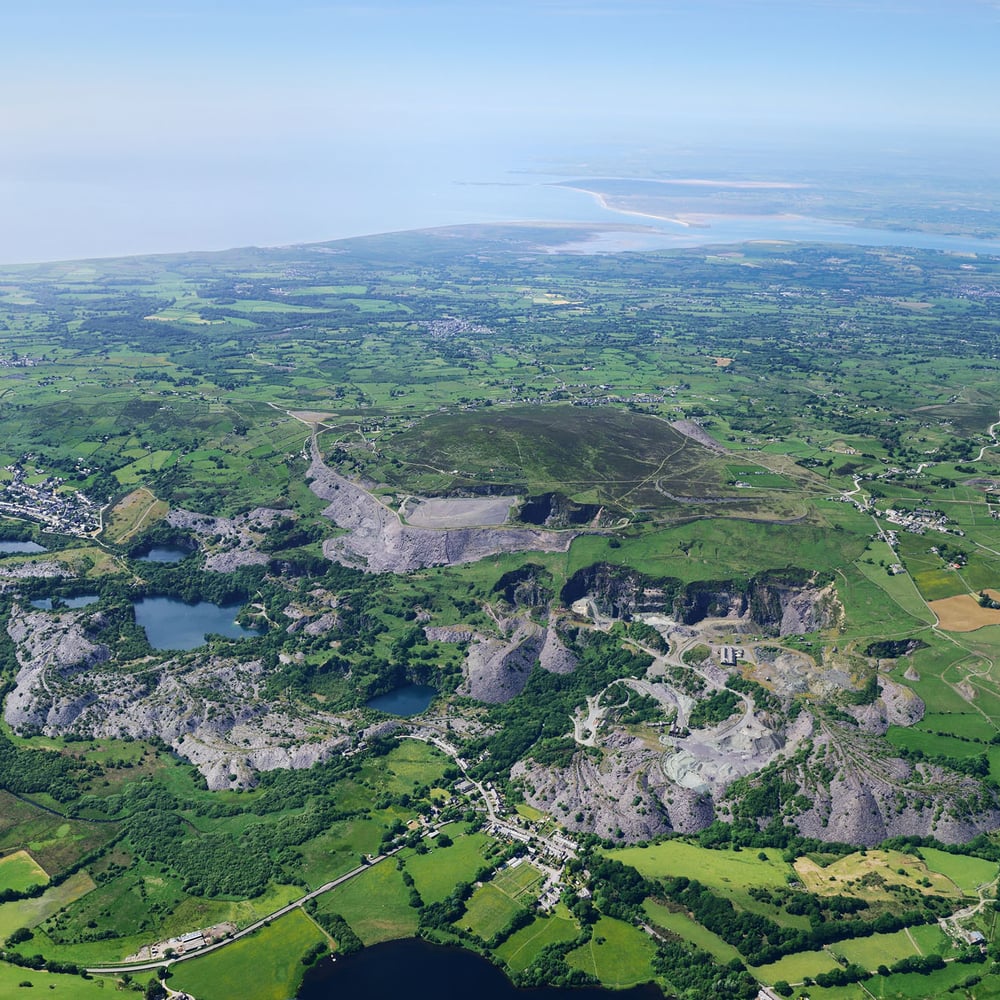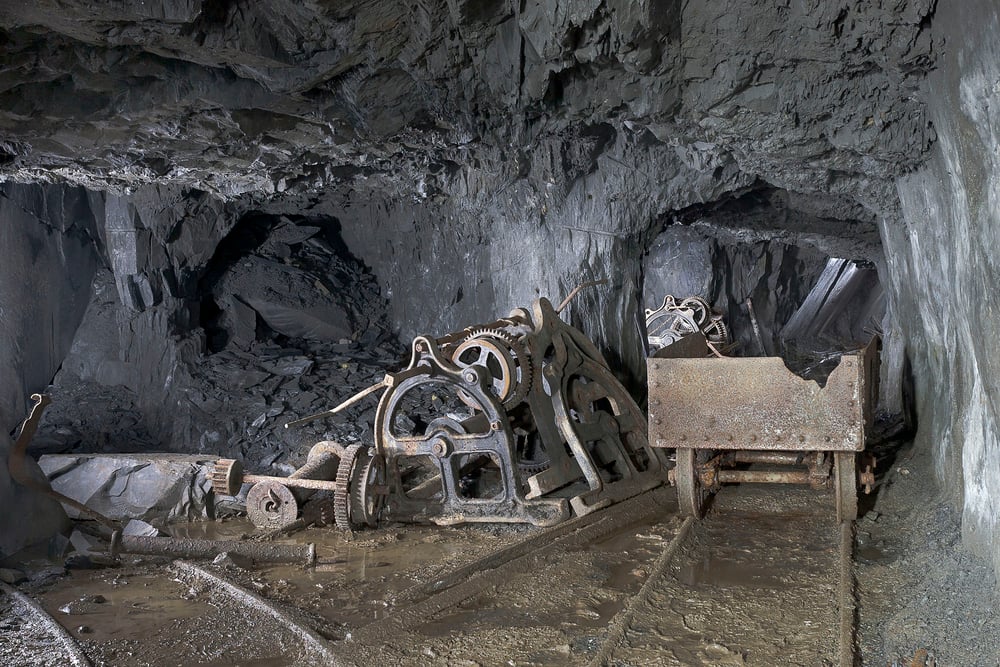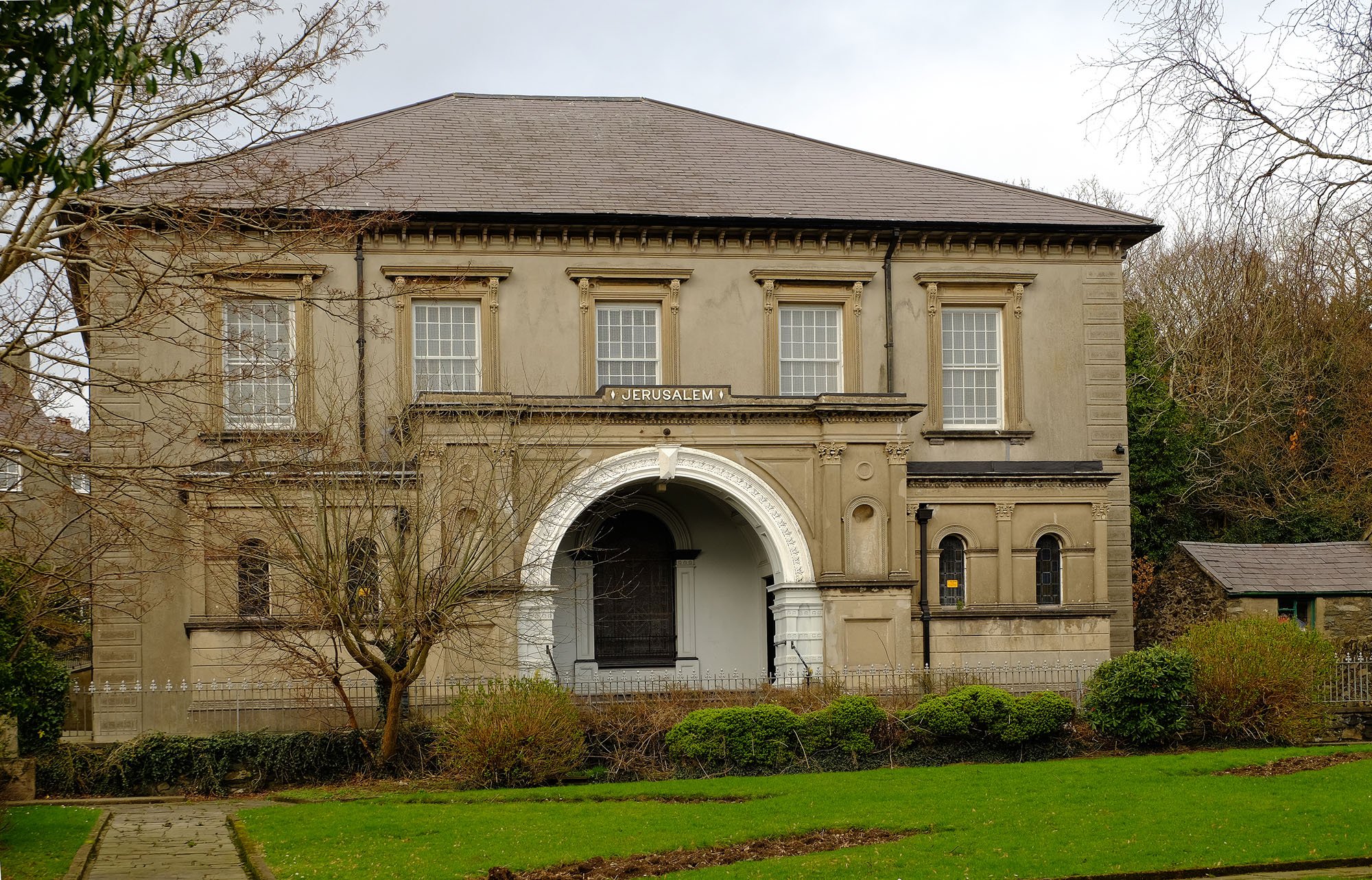
Wales’ slate landscape inscribed as UNESCO World Heritage Site
20 min read

- UNESCO has inscribed Wales’ slate landscape as the UK’s latest World Heritage Site
- The decision was made today (28 July 2021) by the UNESCO World Heritage Committee meeting in Fuzhou (China)
- The status recognises the regions 1,800-year history of slate mining, its people and culture, and its role in ‘roofing the nineteenth-century world’
Wales’ slate landscape has been inscribed as a UNESCO World Heritage Site.
The Slate Mining Landscape of Northwest Wales has become the UK’s 33rd UNESCO World Heritage Site and the fourth in Wales, following the Pontcysyllte Aqueduct, Blaenavon Industrial Landscape and the Castles and Town Walls of King Edward in Gwynedd.
The landscape – located in the mountains of Snowdonia – became the world leader for the production and export of slate during the 18th century. While slate had been quarried in North Wales for over 1,800 years, it wasn’t until the Industrial Revolution that demand for slate surged as cities across the UK expanded to roof workers’ homes and factories.
By the 1890s, the landscape employed approximately 17,000 and produced 485,000 tonnes of slate a year. As well as the international demand for Welsh slate, the area was also home to significant innovative developments in quarrying and stone processing and railway technology for mountainous environments. Today’s landscape has been transformed on a monumental scale due to hundreds of years of mining in the area.
The industry had a considerable impact on global architecture and urbanisation in Europe and North America, with Welsh slate used on several buildings, terraces and palaces across the globe. This included Westminster Hall, the Royal Exhibition Building, Melbourne Australia and Copenhagen City Hall, Denmark.
The inscription also celebrates the unique cultural traditions of the area, including Welsh quarrymen, their slate-working skills, alongside the precise use of the Welsh language in their craftsmanship. The inscription reflects this by including workers settlements with their characteristic chapels and churches, band-rooms, schools, libraries and meeting places that introduced and reflected new forms of social organisation.

“UNESCO World Heritage Status is a huge achievement and testament to the importance this region played in the industrial revolution and Wales’ slate mining heritage. I welcome the prospect of increased investment, jobs and visitors to this stunning part of the UK.”
Caroline Dinenage MP, Minister of State for Digital and Culture, Department for Digital, Culture, Media and Sport

“Today’s announcement recognises the significant contribution this part of North Wales has made to the cultural and industrial heritage not only of Wales, but of the wider world. Welsh slate can be found all over the world.
The quarrying and mining of slate has left a unique legacy in Gwynedd, which the communities are rightly proud of. This worldwide recognition today by UNESCO, will help preserve that legacy and history in those communities for generations to come and help them with future regeneration.
I’d like to thank and congratulate everyone who has worked so hard on this bid – it’s been a real team effort and today’s announcement is a credit to all those involved.”
Mark Drakeford, First Minister of Wales

“After chairing the Wales Slate Partnership Steering Group for over 5 years, I am thrilled by this decision by the World Heritage Committee and welcome our inscription on behalf of all our partners, landowners, communities and businesses.
Partners have worked tirelessly over more than a decade to reach this important milestone, and we will now need to strengthen our cooperation to ensure that we deliver for the people, communities and businesses of the slate areas. This inscription is a celebration of Gwynedd roofing the world, our unique language, culture and communities and how we exported people, technology and slate to the four corners of the world.
I would like to pay my thanks to all involved in developing this inscription and offer my congratulations to the newest World Heritage Site in Wales”.
Lord Dafydd Wigley, Chair of the Wales Slate Partnership Steering Group

“This UNESCO inscription is a magnificent achievement comparable to the effort and perseverance of the people who lived in these awe-inspiring places and worked these slate mines. UNESCO World Heritage Site status calls for a galvanising vision, and everyone from Gwynedd Council, its partners and the people now living in those historic settlements should be commended for their solid commitment to getting the global recognition that their landscape well deserves.”
Kate Pugh OBE, UK National Commission for UNESCO

“Amgueddfa Cymru – National Museum Wales is very proud to have been a key partner in this bid and is delighted at the successful designation of the slate landscape of northwest Wales as a World Heritage site. Its success will ensure that the impact of the culture and industrial heritage of the area – including the story of the slate industry which we tell at the National Slate Museum in Llanberis – is recognised throughout the world. We have a rich and diverse heritage in Wales and this is a great opportunity to celebrate and showcase our cultural heritage on an international stage and will help preserve the legacy and history in communities for generations to come. Congratulations to all those who have worked so hard on this bid – today’s announcement is a credit to all those involved.”
David Anderson, Director General, Amgueddfa Cymru – National Museum Wales

“Human muscle and ingenuity have left us with a remarkable landscape combining natural and man-made features that are fully worthy of being included in the top tier of all heritage sites in the world.
Here you can see the evidence for the entire slate production process, from hillside quarry and cavernous underground mines to the engine houses, wheelhouses and mills powered by ingenious water systems needed to work the slate; the inclines and aerial ropeways used to carry raw and worked slate from remote hills to tramways, and the narrow-gauge railways capable of negotiating mountainous terrain carrying slate to the harbours at Port Penrhyn and Porthmadog for shipment to all parts of the world.”
Christopher Catling, Secretary of the Royal Commission on the Ancient and Historical Monuments of Wales

“We’re thrilled to be a part of Wales’ next World Heritage Site; the designation means so much to us at National Trust Cymru. We have important stories at Penrhyn of slate as well as sugar, and slavery.
Being part of the designation is an exciting opportunity for us all to work with partners to unite these two stories that have shaped the communities around us and have a far-reaching impact on communities across the world. We have already benefited greatly from being part of the development of the nomination and really see the importance of working together to tell this important story that belongs to us all in Northwest Wales and beyond.
Luke Potter, Assistant Director of Operations in North Wales, National Trust Cymru
#ImageGallery









Discover the Slate Landscape of Northwest Wales
- Penrhyn Slate Quarry and Bethesda and the Ogwen Valley to Port Penrhyn
- Dinorwig Slate Quarry Mountain Landscape
- Nantlle Valley Slate Quarry Landscape
- Gorseddau and Prince of Wales Slate Quarries, Railways and Mill
- Ffestiniog: its Slate Mines and Quarries, ‘city of slates’ and Railway to Porthmadog.
- Bryneglwys Slate Quarry, Avergynolwyn Village and the Talyllyn Railway
While inscription recognises the area’s unique historical role, the landscape also supports the unique cultural identity of local communities. At least 70% of the population speak Welsh and continue to participate in thriving Welsh language literature, arts and crafts, and musical scene.
While this inscription will protect, conserve, and enhance the landscape for future generations, it will also help strengthen the Welsh language and help the landscape become a significant driver for economic regeneration and social inclusion.
Share this via…




